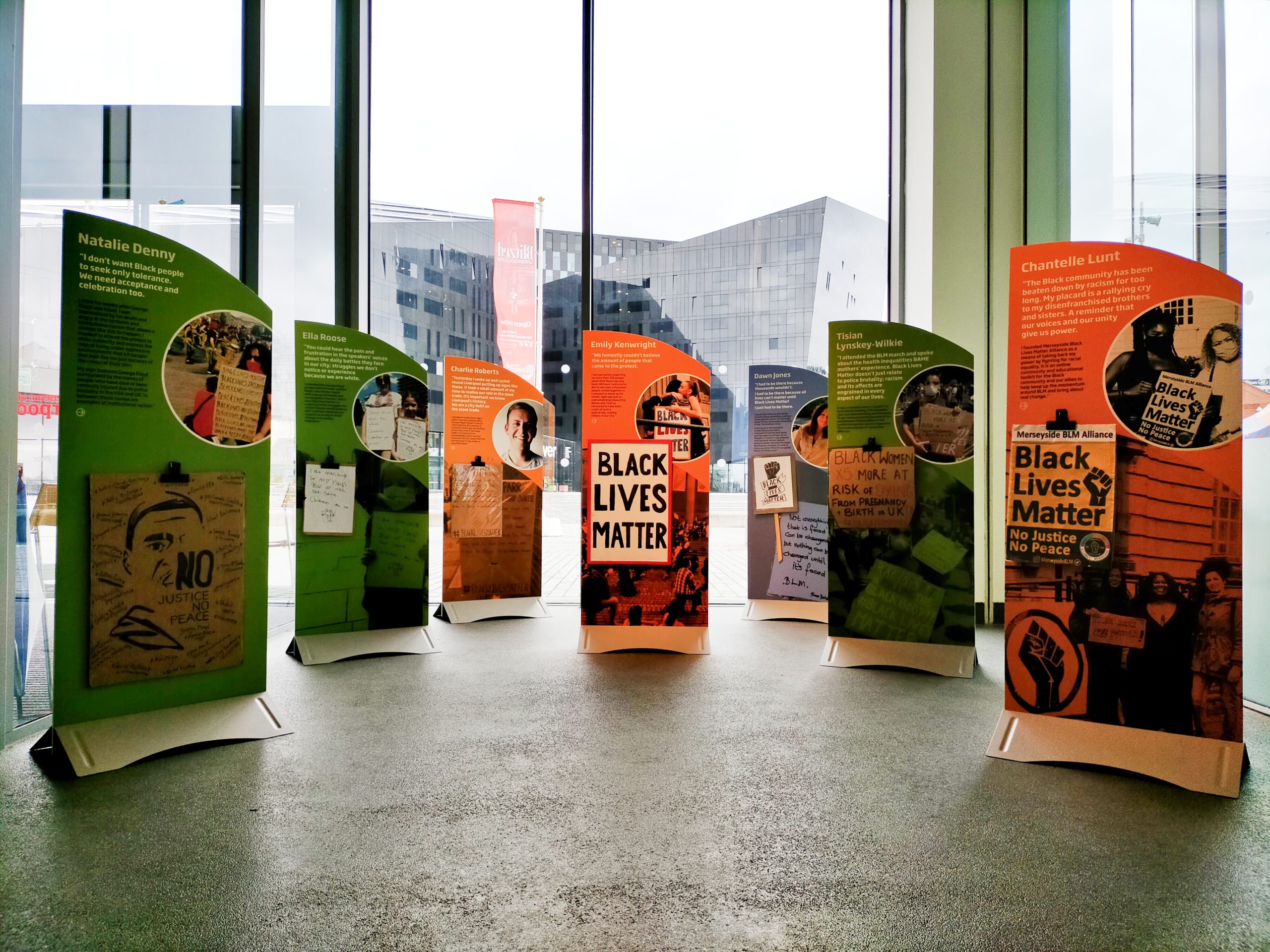Following on from our introduction, here is some information to put the Black Lives Matter movement into context in the UK in relation to children and young people.
The UK population
The next census is due to happen in 2021 (or 2022 in Scotland), so our current national population data is nearly ten years old. This means it may not be as good a reflection of the current UK population as it could be.
England and Wales
According to Government data, 86% of the population was White in 2001. The second and third largest ethnic groups were people from Asian ethnic groups (at 7.5%), followed by Black ethnic groups (at 3.3%). The percentage of the population that was White British had decreased by about 6% since the previous census. There are significant regional variations in the ethnic make up of the population, so it is worth looking for information specific to your local area.
Northern Ireland
The Northern Ireland Census 2011 shows that 98.21% of the population was White. The second and third largest ethnic groups were Chinese 0.35% and Mixed 0.33%.
Scotland
In Scotland for the same census year, 84% of the population identified as White Scottish and a further 8% as White British. The Asian population was the largest ethnic group in Scotland making up 3% of the population.
How does racism and racial inequality affect children and young people?
According to a poll commissioned by iNews in June 2020, 85% of 18-24 year olds from minority ethnic backgrounds believe the United Kingdom is a racist country.
Systemic racism has a huge impact on children and young people according to this article from children’s charity, Barnardo’s.
The COVID-19 pandemic has had a disproportionate impact on young people from minority ethnic backgrounds. They are more likely to be unemployed as a result of the pandemic according to a Resolution Foundation survey and are experiencing more negative impacts on their mental health than their White peers according to recent research (paywall).
Museum context
From the limited data available, it seems that children, young people and families from Black or Black British backgrounds are underrepresented in museum audiences.
- The DCMS Taking Part Survey (Child Release) does not report on the ethnic background of children aged 5-15 visiting museums.
- The Taking Part Survey adult data shows that people who identify as being from a Black background are the least likely group to visit museums.
- The Audience Agency Museum Audience Survey (based on data from 140 museums using Audience Finder) shows that only 1% of 16-25 year olds visiting museums are from a Black or Black British background.
- According to the Northern Ireland Museums Council data, 95% of visitors to six specified Northern Ireland museums were White. 0% were Black Caribbean and 0% were Black African (out of 1,187 surveys). 2% of respondents preferred not to disclose their ethnic background.
- Research about visits to DCMS sponsored museums in London shows that only 12% of 16-24 year olds feel that these museums explore stories that are relevant to them and the majority would like museums to pay more attention to social justice issues.
- The Scottish government is sponsoring an independent expert group to recommend how Scotland’s existing and future museum collections can better recognise and represent a more accurate portrayal of Scotland’s colonial and slavery history.
- The recent Time and Time Again report from Beatfreeks (sign in required) reported that 54.1% of the young people of colour surveyed felt that British culture ‘actively excludes and appropriates other cultures’.
Keep reading
Tags: Anti-racist, Black Lives Matter, Guide
Categories: Equality and inclusion
Audience: Children, Family, Young people

